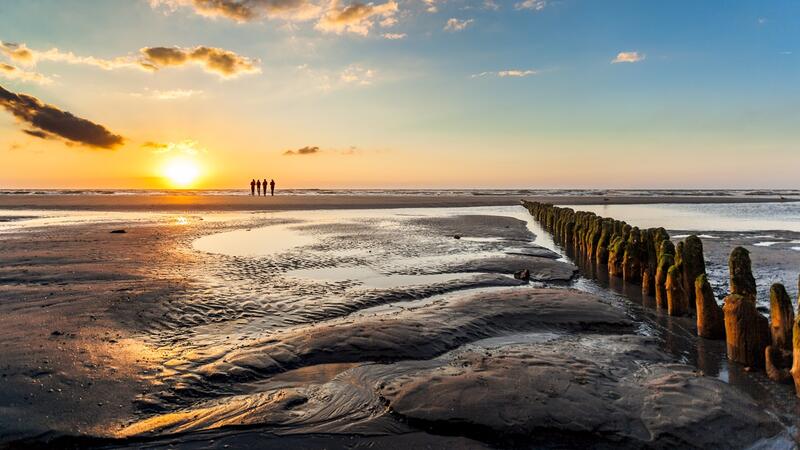Wadden Sea Celebrates 15th Anniversary as a UNESCO World Heritage Site

Today marks a significant milestone for the Wadden Sea as it celebrates its 15th anniversary since being inscribed as a UNESCO World Heritage Site. Recognised on 26 June 2009, this vast coastal wetland, spanning Denmark, Germany, and the Netherlands, is renowned for its unique biodiversity and crucial role in global ecological processes.
To mark this special occasion, a series of social media posts were shared, showing off the beauty and diversity of the Wadden Sea through a virtual photographic tour of various iconic locations across the three countries. From the tranquil shores of Ameland in the Netherlands to Hamburg’s historic island Neuwerk in Germany, and the charming, smallest inhabited Danish Island of Mandø, each post highlights the unique features and natural beauty of these sites. Short video messages with birthday wishes from the Wadden Sea’s caretakers are being posted in the coming days.
The Wadden Sea, the largest unbroken system of intertidal sand and mud flats in the world, is home to a rich array of wildlife, including migratory birds, marine mammals, and numerous plant species. Its dynamic environment, shaped by tidal and climatic forces, supports an intricate food web, from the tiniest benthic animals to the stunning harbour and grey seals. It offers those who study it invaluable insights into coastal and marine ecology.
Over the past 15 years, the recognition by UNESCO has not only highlighted the Wadden Sea's natural beauty and ecological significance but also strengthened local and international efforts to preserve and protect this ecosystem. Conservation initiatives have focused on maintaining the natural processes and habitats that make the Wadden Sea unique, ensuring that it persists for future generations. Additionally, these efforts promote the wise use of the Wadden Sea by the people who rely on it for their livelihoods.
